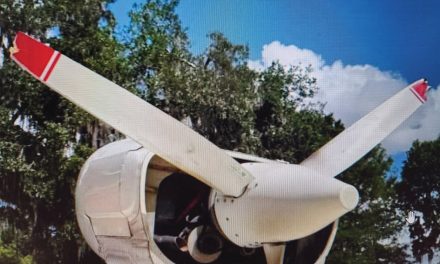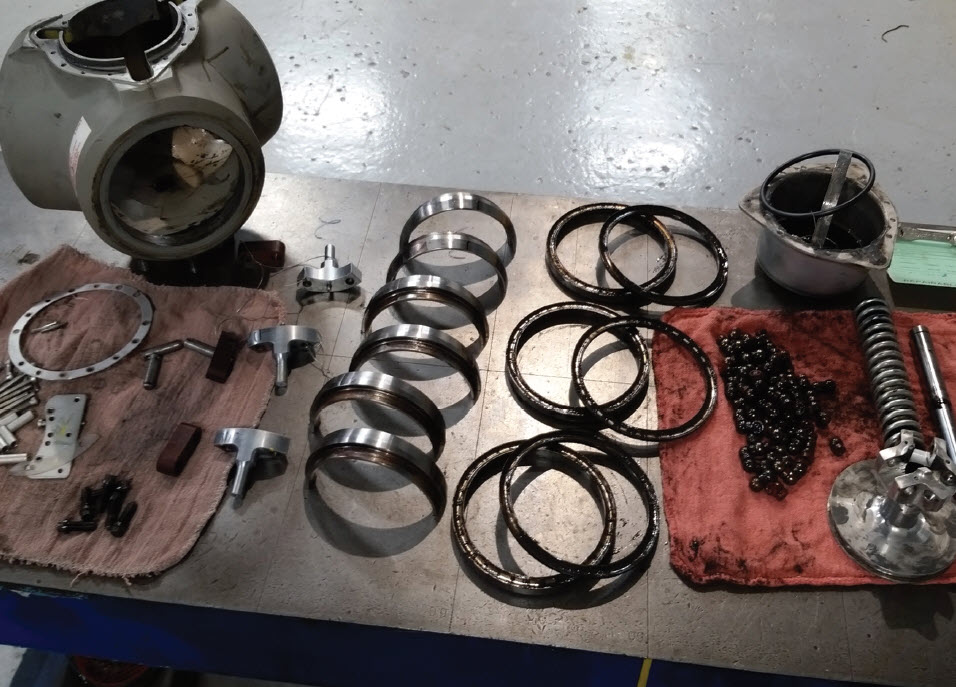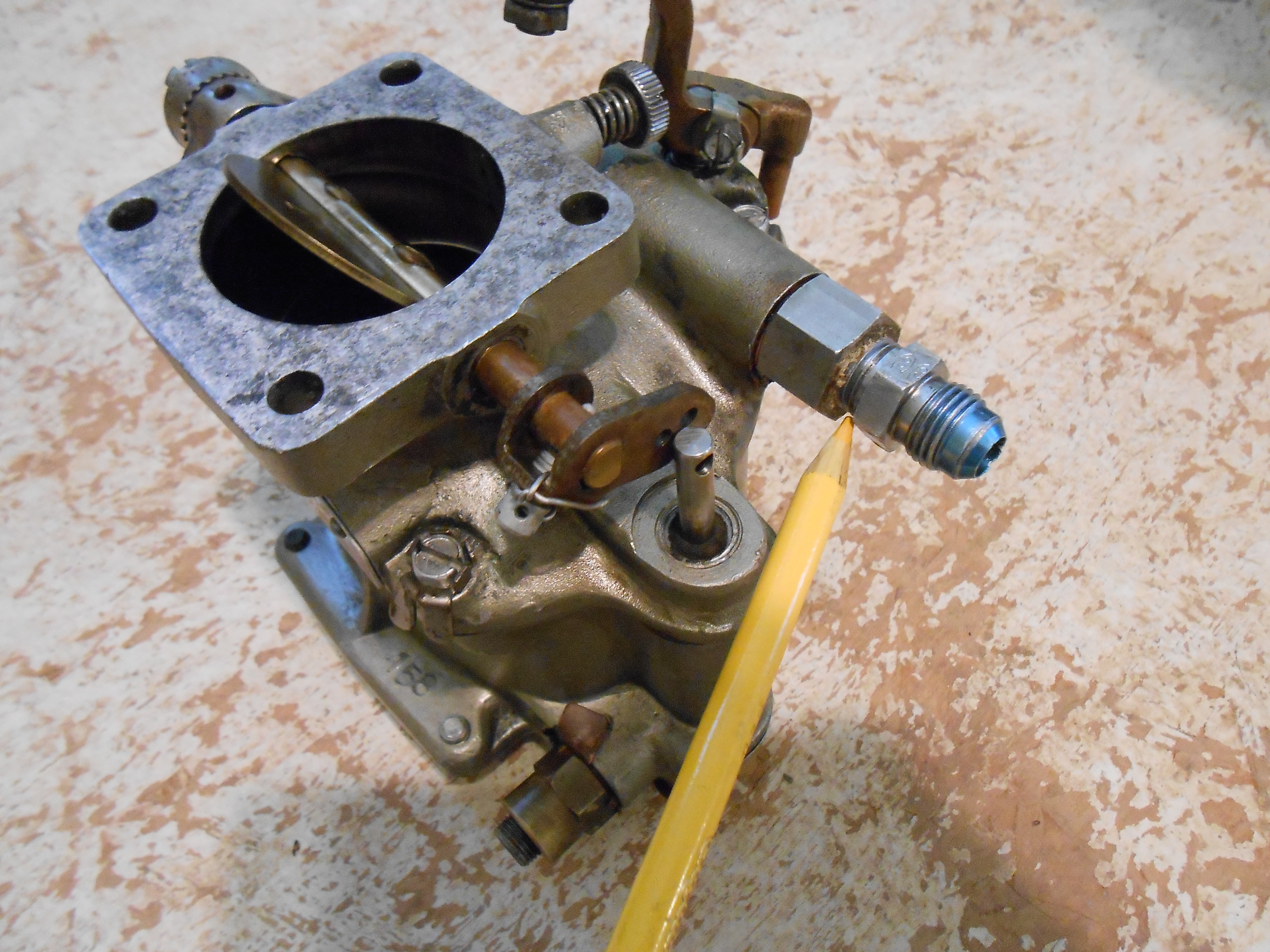By John Loughmiller
Today’s task is to learn how to listen and watch for the signs that your aircraft engine throws your way. Engines tend to be gabby, but they sometimes speak very softly.
FAR 43, Appendix A(c) provides a way for the owner/pilot to perform two common and repetitive maintenance tasks unsupervised – changing oil and replacing spark plugs. A few hours work on a Saturday afternoon will save you money and the chores are not all that difficult. Besides, you’ll become better acquainted with your flying machine and just might notice and correct a minor situation before it becomes a major problem.
In the course of our look at FAR 43 maintenance procedures, we’ll tackle both subjects, among others. This article is about how to change spark plugs. See the July article about how to “read” them.
Tools of the trade
According to my friend Richard Carl, A&P/IA extraordinaire, there are a handful of tools you’ll need to remove and replace spark plugs. Assuming you already have a 3/8-inch drive socket set and ratchet wrench, purchase a high quality, 7/8-inch diameter, 2-3/8-inch (or more) deep socket (and take a plug with you to the store to measure if you like). A six-point socket will hold the plug best but a 12-point socket will be easier to maneuver in a tight spot. Ultimately, it’s your choice.
You’ll also need a good torque wrench and a 7/8-inch open-end wrench, tools for measuring and setting the spark gap, a spark plug tray, and some anti-seize compound. If you just want to install new plugs and not clean existing ones, you’re finished buying tools. If you want to go the “full Monte,” you’ll need a way to blast the lead and carbon deposits from the plug, so you’ll need some equipment to do that as well. (See sidebar for a complete listing of tools.)
Lastly, you’ll need plugs and copper gaskets. New copper gaskets come with new plugs but if you intend to clean, gap and reinstall existing plugs, you’ll need a supply of new copper gaskets.
Let’s not rush into things
First, you’ll need to remove the top cowling to reach the plugs. Scope out the location of the plugs and decide if you need to remove the bottom cowling and the nose bowl that sits just behind the propeller.
Most of the time, all you need to do is remove the top cowling, but I’ve always believed that changing spark plugs provides you with an opportunity to inspect the engine and its accessories. Nothing in the FARs prevent you from visually checking all the hoses, belts, wires and filters, so why not take a few minutes and do so now?
Does everything look okay? Good. Now we can move on to the reason we took the cowlings off to begin with.
Removal and replacement
Removing existing plugs and replacing them with new ones is an easy task and goes like this: Using your 7/8-inch open-end wrench, loosen the nut that attaches the plug wire to the top of the plug. It should come off easily. Don’t touch the insulator (the green part in the photo above) or the actual wire. Doing so will create an electrical path due to the oils present on your fingers and can cause the plug to not fire correctly or perhaps not fire at all.
The insulator has to be free of any grease or dirt and must be undamaged. The wire itself needs to be completely clean and undamaged. If you find damage here, have your mechanic install a new plug wire or repair the damage. If the wire is corroded, you can dress it with a jeweler’s file. (Just clean it up; don’t wear it out with the file or contaminate it with your body oils).
Next, insert the 7/8-inch deep socket onto your ratchet wrench handle and set the wrench for counter-clockwise rotation. (Insert an extension between the wrench head and socket if needed to reach the plug). Place the socket over the spark plug, making certain it’s not cocked in any direction and is fully bottomed out on the plug. Position the wrench handle so you have as much mechanical advantage as possible and apply enough force to break the plug loose from the cylinder. (If you can’t break the plug loose with a regular ratchet wrench, don’t force the issue by using more aggressive methods. Admit defeat and ask your A&P for help).
Unless the person who installed the plug forgot to use anti-seize compound, or unless the plug has been in there for a few years, you shouldn’t have any problem removing it from the cylinder head.
Once the old plugs are removed, you can prepare your new plugs for installation. The process is simple and should cause you no problem provided you’re installing the proper spark plug. You did order the correct plugs, right?
First, inspect the plug to make certain the threads are not damaged and the insulator is not cracked. Then, using your gap-setting tool and gap gage, set the spark gap.
Once the gap is set, brush a small amount of anti-seize compound on the threads of the plug. Do not get any compound on the first thread because the compound is conductive and can prevent the plug from firing if it gets inside the plug bore.
Place a new copper gasket on the plug and carefully thread the plug into the cylinder head. Hand-tighten it in a clockwise direction, being careful not to cross thread the plug. Place the socket on the torque wrench and set the wrench to a 30 foot-pound limit. Place the socket over the plug and make sure it’s not cocked and is fully bottomed out. Next, rotate the torque wrench clockwise until the wrench starts slipping, which signifies that the 30 foot-pound limit has been reached. Remove the socket from the plug and screw the plug wire nut in place, using care not to touch the insulator. When hand tight, rotate one additional “flat” with the 7/8-inch open-end wrench. Repeat the process for each plug and you’re done.
This article appeared in the August 2019 issue of Cessna Owner magazine. The full version, including pictures, is available to members only in print and our digital edition.






